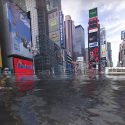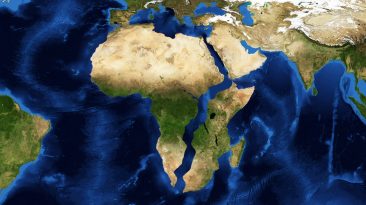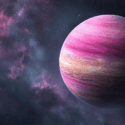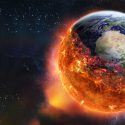Would we all need night vision goggles? How would it affect the ocean tides? Our seasons? Or our sleep cycles? Or would the consequences be far more drastic?
As the closest celestial body to our planet, the moon exerts a gravitational pull that governs much of what happens here on Earth Take the sea, for example. If you like surfing, you can thank the moon when the moon’s gravitational pull tugs on our spinning Earth, the oceans respond, giving us high tides in some parts of the world, and low tides elsewhere.
And while the wind gives waves their energy, tides define their shape. High tides generally yield smaller waves that take longer to break, because there is less resistance from the ocean floor. Incoming waves at low tide break faster since there’s less water between the surface and the bottom. The moon’s gravitational attraction also keeps our world on an even keel. That is, it keeps us at a stable 23.5 degree tilt relative to the sun, giving us four seasons and a liveable climate.
But what if that liveable climate were to suddenly become… unliveable? With the moon gone, its stabilizing effect on Earth’s rotation would go with it. Want the good news first? The weekend just got a whole lot closer! If the moon suddenly disappeared, a day on Earth would only be six to eight hours long. Over millions of years, shifting tides and their pressure on Earth’s continents have slowed our planet’s rotation, giving us 24 hour days.
But without the moon’s strong gravitational influence, the world would spin three to four times faster than it does now. Here comes the bad news.. Rotating at that speed, we would experience winds up to 480 kms per hour (300 mph). Birds and insects would have no chance of survival. The luckiest land-based organisms would either be deeply-rooted plants, or very short, very stout animals.
[dx_custom_adunit desktop_id=”RTK_CDE4″ mobile_id=”RTK_SUFd”]Most of our marine life would be wiped out; since sea creatures that rely on ocean currents for survival would lose the privilege of the ocean’s pull. Currents help circulate vital nutrients from the ocean floor to the surface, while flowing oxygen-rich surface water deep into sea. We’d still have tides, but they’d now be governed by the sun. And from a distance of 93 million miles away, they’d only be one-third as powerful.
But with the moon suddenly out of the way, the oceans would rip towards the sun, creating catastrophic waves, killing thousands, and submerging coastlines. At this point, we’d have to adjust to new ocean currents, which, circulating at a slower rate, would be heating up equatorial waters, while turning polar waters frigid.
These extreme differences would produce a similar effect on land as well, since ocean temperatures influence their regional climates Along with the sun, Mars and other nearby planets could also claim a share of gravitational influence over our planet, pulling Earth in different directions, and causing it to tilt with increased volatility.
Earth’s axial plane would vary by some 10 degrees, causing dramatic shifts in seasons, and rendering our climate uninhabitable. Most crops would die whith the drastic temperature changes. We’d experience the worst ice ages known to man, as huge glaciers from the north and south poles would encroach upon the Earth, covering everything except perhaps a small band along the equator.
So while full moons may attract werewolves, that’s still better than an alternative world where the moon doesn’t exist. The next time you look up at the sky, be glad it’s still there. Sleep soundly tonight, surf’s up in the morning.
Subscribe to What-If on Youtube or follow the show on Facebook Watch.



























